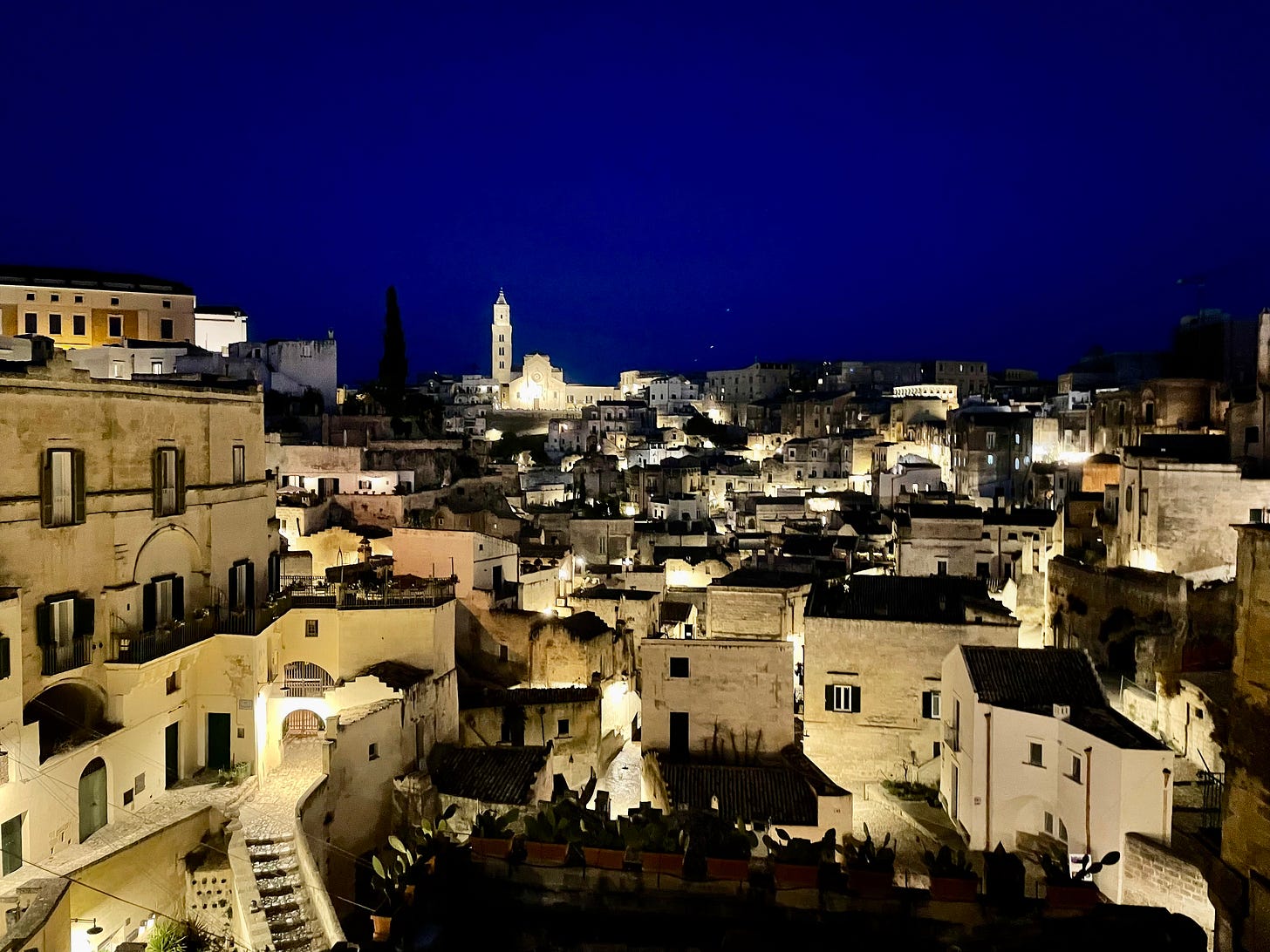Becoming a "Provider of Hope" in an Uprooted Society
How Far Would You Go to Help?
How can we respond to the growing sense of uprootedness in society? Drawing on the profound insights of philosopher Simone Weil, Richard Steenvoorde offers a path to finding stability in an era of uncertainty. He challenges us to adopt a radical, new approach to building a sense of home and belonging for the people around us.
In the spring of 1943, the French philosopher Simone Weil worked feverishly on a policy memorandum for the French resistance in exile in London. She pondered why French society had adapted so easily to the German occupation in 1940. Why were there no mass protests in the streets? Why didn’t strikes bring factories to a halt? Weil suspected that, long before the German invasion, there had been a collective spiritual crisis affecting all layers of French society. Many people, she wrote, were as if “uprooted”; they no longer felt at home in their own village or city, and they had lost faith in their neighbors, the church, or the government. In reality, France had already been abandoned by its own citizens long before it lost the war. Weil never managed to finish this memorandum. She demanded so much from herself that she died in August of that year from tuberculosis at the age of 34.
What does the soul need?
The theme of her last memorandum was the care of the soul in an uprooted society. According to Weil, the most important need of the soul, and the least acknowledged one, is the need for ‘rootedness’. It's difficult to explain exactly what that is. You could compare it to a tree. Whoever has strong roots, who is well anchored in a community—or better yet, in several communities, for a tree also has multiple roots—has multiple sources from which they can draw for their moral, intellectual, and spiritual life. Such a person is sturdy enough to grow. This person can bend in life’s storms without falling over.
In her memorandum, Weil offers solutions to combat uprootedness. First, she emphasizes the importance of language and symbols. Are Christians truly aware of the power of language and imagery? Do we use them intelligently? In my opinion, there’s much to be gained here. We have a rich tradition of buildings, art, books, and music that we can make accessible to young people in new ways. But this requires creativity and courage. Why do comedians succeed in preaching morality in full theaters, while churches remain empty? I think it’s because comedians respect the power of words and images and handle them skillfully. They respect their audience and know how to give words to the unspoken desires and concerns that live among them. They do this by being critical and humorous about themselves. This creates space for their audience to also look critically at themselves, find the humor in it, and perhaps make different choices here and there.
But, as Weil states, words are only the beginning. Words have consequences. Words must lead to action. And in that transition, it’s important to bring people along in the story. The action must logically follow from our beliefs; it must be credible, but it must also provide concrete answers to concrete needs to be believable. Unfortunately, this is where things often go wrong.
The enduring relevance of Weil
Simone Weil’s memorandum was written more than eighty years ago. Yet her thoughts on rootedness and the risks of uprootedness resonate with other thinkers. Forty years after Weil, the French sociologist Pierre Bourdieu (1930-2002) wrote about the importance of a ‘habitus’ for humans. Habitus refers to both our physical and social environment and our interactions with it. It’s a physical environment, but it’s also about the people who are there, our memories of that place, the sounds, the smells, how the sun sets there. It’s about the quickest walking route to the tram and the bakery with the best bread, but also about the most enjoyable sports club and the church where you feel at home. In short, it’s about the givens we don’t need to think about much, but that make us feel rooted somewhere.
In our time, habitus is vulnerable and under pressure. Everything seems to be shaking. A few years ago, I saw footage that perfectly captured this feeling. It was about a forest in Scotland where the trees seemed to be dancing. The cause of this phenomenon was a strong wind blowing just below the root layer of the trees. The layer was coming loose from the ground. It became clear that the trees were interconnected by roots, but there were almost no roots going vertically into the soil. The trees weren’t rooted in their habitat. When the wind blew under the roots for long enough, the trees lost balance and fell over.
An era of uncertainty
Today, it often seems as if the political barometer everywhere in the world is swinging between “unstable” and “storm coming.” There’s something in the air, and the ground is shifting. In 2014, Pope Francis tried to name this feeling by stating that we are not so much living in an era of change, but in a change of era.
According to the Polish sociologist Zygmunt Bauman (1925-2017), the most important characteristic of our transitional time is the shift from solid to liquid. Life is fragmenting. People experience life as an endless series of short projects and (digital) contacts without a solid foundation or end goal. Before you even get the idea that you understand where you are or who you’re with, and thus could start feeling a bit at home, everything evaporates again. We don’t truly root. And although many of us are doing well externally, many people feel lonely, insecure, and unmoored inside.
In 2009, the Italian philosopher Giorgio Agamben called for the help of the church in the Notre Dame of Paris. It seems, Agamben argued, as if the church forgets that the gospel states that the coming kingdom of God has already begun. According to Agamben, the whole world suffers from this attitude of the Church. Christians are called to live ‘as if’ there is already enough of God’s grace to live in that coming kingdom. Living ‘as if’ allows the coming kingdom to manifest itself, to some extent. It has something experimental about it and something of a bet with yourself and the world. Above all, it is hopeful, for it focuses on the journey to coming home to God. It’s no longer about buildings and institutions, but about the hope from which a community lives and exists in the world.
In short, the Christian task in our time is to be a provider of hope. To, in the words of the gospel, testify to the hope that lives in us (1 Peter 3:15).
The lessons of the pioneers
New initiatives are needed. And here we can learn from the pioneers of the 19th century. In times of great crisis and poverty, many young people decided to live radically from their faith. New monastic communities arose as visible signs of the coming kingdom. One of the most inspiring examples I know is that of the Italian sister Francesca Cabrini, who in the 19th century emigrated to New York with her community. Upon arrival, she literally crawled into the sewers to find and take care of orphans. What drove her was the full conviction that she was contributing to the coming kingdom of God.
Where do you start? Perhaps simply close to home, where it is needed, by offering hope, speaking credible words, and acting credibly, so that new “habitats” can arise where people feel at home and can take root. Ask yourself: for whom would you crawl into the sewers?
Yes, but, you might object, isn’t that what the government is for, as a guardian of the common good? That’s only partly true. Sometimes, as the Danish philosopher Søren Kierkegaard wrote, our faith demands a commitment that goes beyond what public opinion wants or can support. It’s no longer about commitment to a universal truth, but about a faithful orientation toward the ultimate truth, namely that the coming kingdom of God has already begun. The only thing that matters, according to Kierkegaard and also to Simone Weil, is that we ourselves decide and take responsibility to do something now. So, just start and become a provider of hope.
This blogpost is a shorter version of a lecture Richard Steenvoorde OP gave on the 5th of October 2024 at a conference organised by Stichting Thomas More, Utrecht, The Netherlands. This lecture was published in Dutch in the Nederlands Dagblad on the 9th of October 2024.
Picture: thanks to Pixabay; a picture of Matera © RAJS





